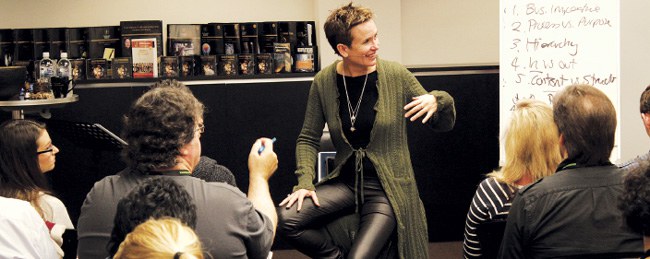The Thought Dynamics Model
Thought Dynamics is the school of thinking that shows us how to approach a challenge, a problem or a situation, so that all areas that need to be considered can be integrated into the solution or the path forward
When asked: “How would you solve that problem?” most people say they would look at the problem, talk about it, find solutions. That’s fine, although not a transferable skill that works consistently. Thought Dynamics gives us a replicable model for solving problems and brainstorming solutions that is transferable to others. This means we can be a mentor for others in a systematic way. The Thought Dynamics Model asks us to study any situation from four different directions.

The model is looking at four dimensions of experience:
This thinking model means we know how to approach each challenge and arrive, consistently at sound outcomes.
For example, the question is asked if we should install a new client management system into the business.
Question #1: What’s the purpose of this?
Question #2: What do we need to consider? What are the elements we need to be across?
Question #3: What do we need to do?
Question #4: Who needs to be involved?
Thought Dynamics recognises that there is a logical sequence to asking questions that will allow the best outcome to be achieved. It’s more advanced than the G.R.O.W. Model. It provides more challenging and required critical thinking to a situation.
 Remi (Sharon) Pearson and The Coaching Institute back in 2004
Remi (Sharon) Pearson and The Coaching Institute back in 2004